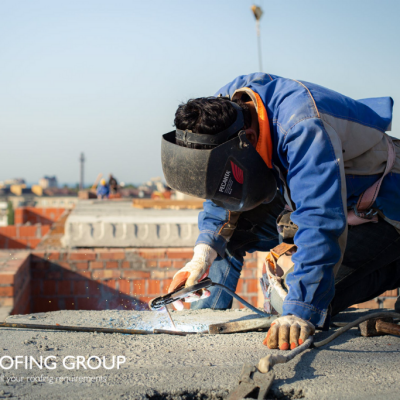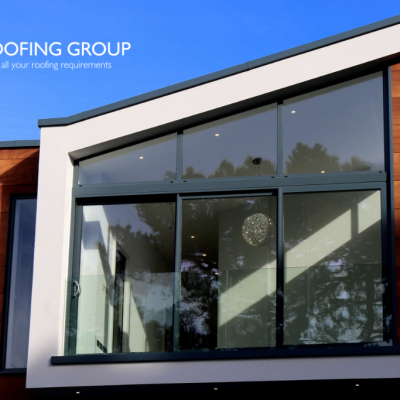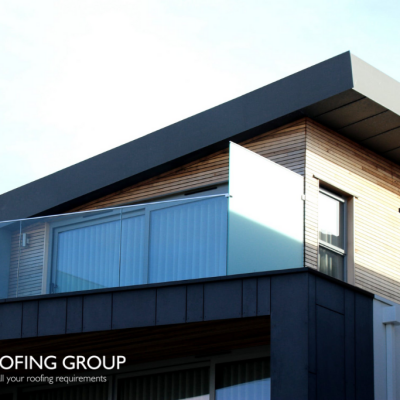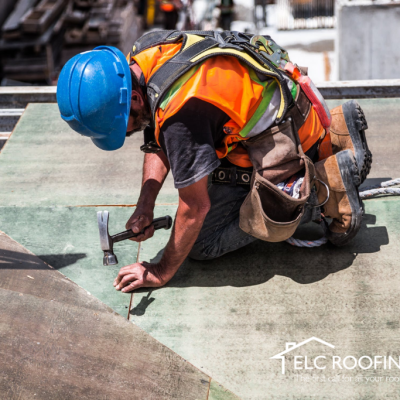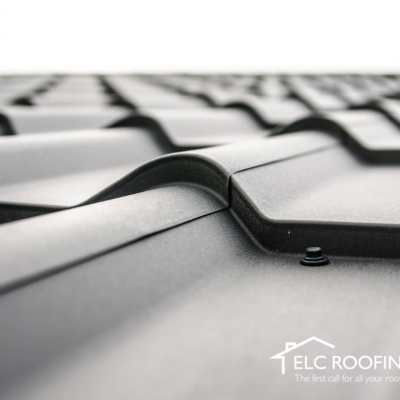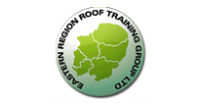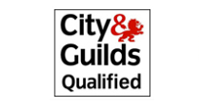Are you considering zinc as your new roof material? Great!
Do any of the below scenarios describe your current roofing dilemma?
- Are you concerned that your existing roof design is too low-pitched and a zinc roof will be possible at all?
- Is your existing roof a shall pitch, or flat and do you want a zinc roof instead?
- Does your roof have less height than your originally thought?
In any of the above cases, ELC Roofing can advise you on designing your home from the roof down and how we can make your zinc roof aspirations happen.
How zinc roofs work
Areas of application:
- Zinc works on all types of roofs
- Zinc works across all shapes (flat, curved, concave, convex, conical, domes)
- Minimum pitch: 3º (5%)
- Must rest on at least two bearing structure elements
Minimum pitch for zinc roofs – how low can you go?
A common question our technical team often receives is, “how low pitch can you make a standing seam zinc roof?”
As a VMZINC certified zinc installer, we can only give warranties on the recommended build-up and details. So, in this case, the minimum slope for a zinc roof is 3º. The maximum pitch will be 70º.
The differences in pitch:
- With 3-degree roof pitches, you get around 50mm in every metre, so with 3 metres, you only have 150mm to play around with.
- A five-degree roof pitch will give nearly 90mm in every metre, which results in 250mm. Believe it or not, but the extra 10cm provides more roof on site.
However, here at ELC, we are your zinc roofing experts – nothing for us is impossible, and we work with architects, designers and homeowners to achieve their desired roof pitch.
Architects often choose 3 degrees for various reasons and design the roof accordingly – however, the involvement of a specialist zinc roofing team might be crucial here to avoid problems later down the line when it comes to installation.
When it comes to zinc roofs, positioning joists in brickwork on wall plates can be more challenging to do accurately on-site than it might be on a drawing.
For a pitch lower than 14º, the joints must be taped, between 14º – 22°, there must be an overlap of 200mm, just steeper than 22°, or unless it changes above 40º, there must be an overlap of 150mm. – VMZINC
Therefore, it’s always best to involve a roofing team like ELC in the design process to see precisely achievable.
Are there any potential risks for having the roof pitch too low?
The most significant risk to consider here with low pitched standing seam roofing is water ingress in the seams.
As the name implies, standing seam roofing has standing seams. When it rains heavily, there is the possibility that water can build at the roof to the level of the overlap.
The water build-up can cause water to be sucked into the construction via capillary action.
The traditional standing seam is 25mm in height before folding.
When the standing seam is rolled, you only have 10-12mm of the rolled material, diminishing the clearance point. The risk of capillary action is 13-15mm.
Measuring roof pitch
The steepness of your roof needs to be described and measured accurately. The standard measuring method is measuring in angle degrees (0 degrees is flat, anything above 70 degrees is effectively a wall).
Any roof that is under 15 degrees is referred to as a flat or low pitch roof.
In low pitched roofs, more rainwater will run off the roof, so effective guttering and downpipe sizing also need to be considered.
What is our expert opinion?
We would advise extending the pitch to 5 degrees to avoid any potential problems or stress later.
However, if you cannot for any reason make it 5 degrees and wish to proceed with 3 degrees, you should consider the following:
- Seam sealing tape (can mitigate capillary action)
- Look for more height in your construction elsewhere
- Possibly consider a single-ply membrane instead
With all that being said, we won’t know what we can do for your property without looking at your plans or your roof. We might be able to make it happen and have done so in the past.
So give us a message and see what we can do for you. It pays to speak to the experts.
We have offices and roofers based across the UK, that’s what makes us one of the largest, leading zinc roofing companies in the southeast of England.

